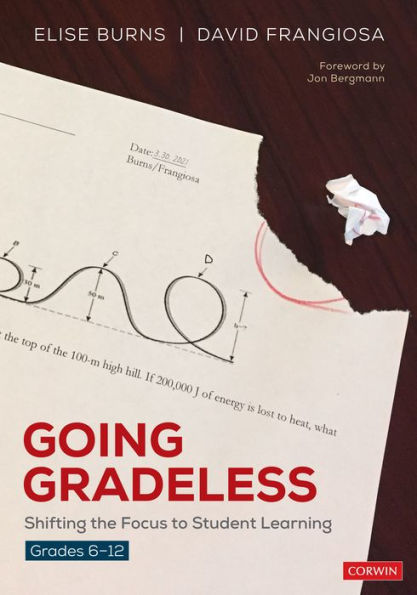Elise Burns has been a science teacher for 30 years, teaching physics, chemistry, biology, math, and earth science. Her work is characterized by trying new technology and approaches, in order to provide the best possible learning experience for kids. She presented at conferences annually at either NSTA, ASCD, or NJSTA, with workshops on rubric design, inquiry, standards-based learning, project-based learning, writing CERs, and assessment design, amongst others.
David Frangiosa has spent 14 years as a high school science teacher, teaching biology, chemistry, physics and a number of science electives. Over that time, he has been a driving force in many initiatives across multiple districts. He developed, wrote curriculum for and taught two courses for a medical academy. As part of this initiative, high school students were placed in allied health internships at a local hospital. This program piloted a paperless classroom that led to a district-wide one-to-one program. Shortly after moving on to Pascack Valley Regional High School District, he began conducting action research on grade reform. As a result of this work, he was asked to be on a county-wide Growth Learning Assessment and Mindset (GLAM) committee. In addition to presenting these ideas with the district and at the GLAM meetings, he has presented at ECET2Metro, the New Jersey Science Teachers Convention, and many online workshops.



